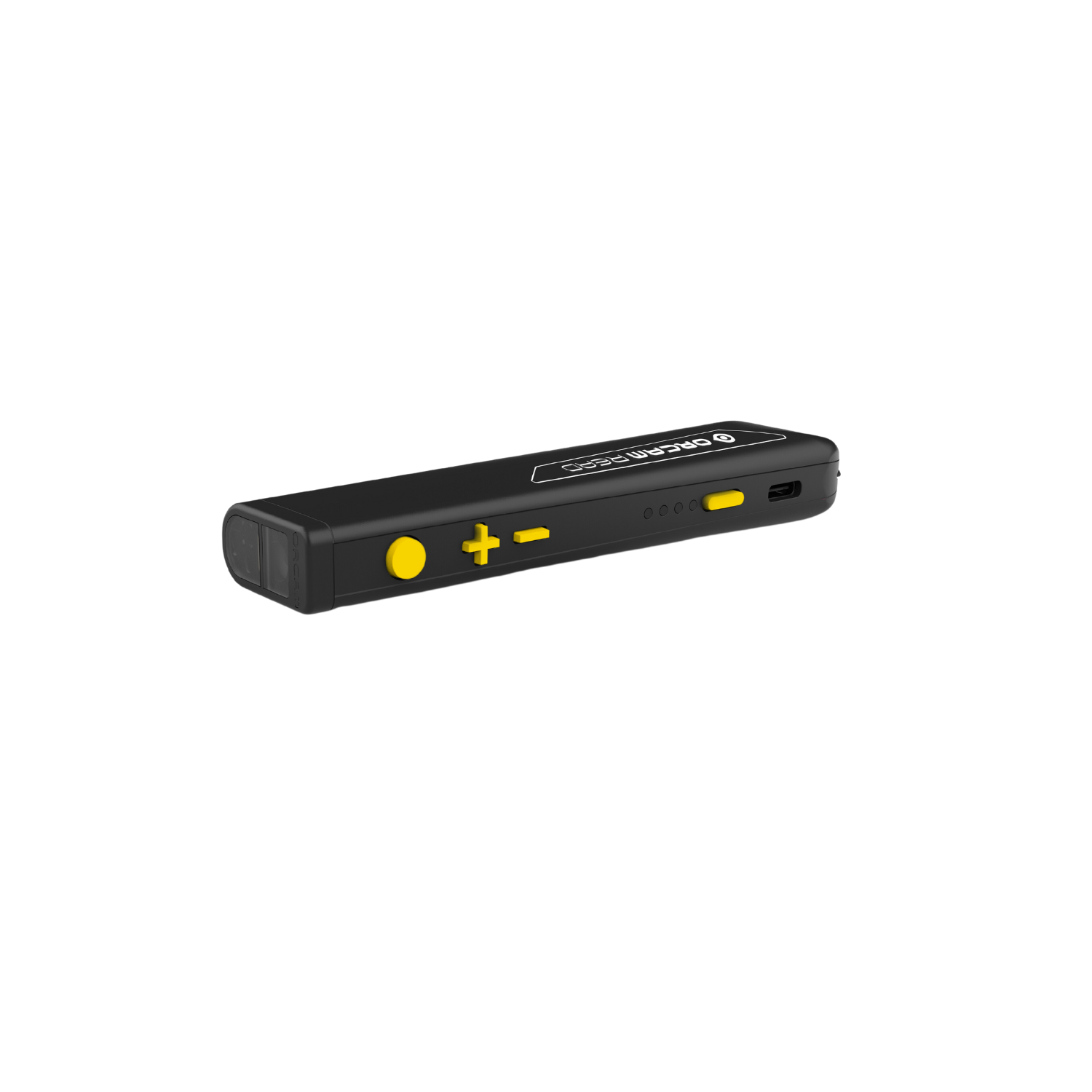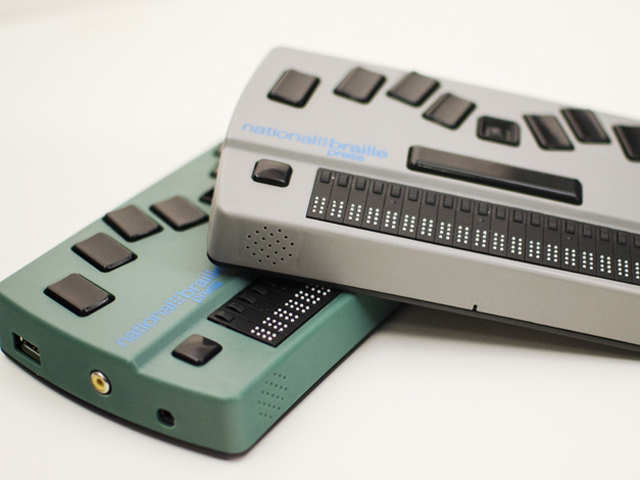Braille Displays and Notetakers: Essential Tools for Learning and Work
Braille Displays and Notetakers: Essential Tools for Learning and Work
Blog Article
Empowering Freedom With Assistive Modern Technology for the Blind
The assimilation of assistive innovation into the lives of people with visual impairments stands for a substantial innovation in advertising self-reliance and self-sufficiency. From innovative display readers to advanced smart walking canes, these tools not just improve everyday navigation and interaction however additionally encourage individuals to involve meaningfully in different facets of life. As we check out the myriad benefits and real-world applications of these technologies, it ends up being important to analyze the underlying aspects that contribute to their effectiveness and the possibility for future advancements in this essential field.
Introduction of Assistive Innovation

The growth of assistive innovation is grounded in principles of inclusivity and empowerment. Technologies in software, equipment, and sensory improvements provide customers with choices tailored to their particular demands. From screen visitors that transform message to speech, to tactile devices that share information via touch, these tools change the way people engage with their environments.
Along with useful applications, assistive technology promotes better social inclusion and involvement in various sectors, including education and learning and work (Mobility aids for visually impaired users). As study and development continue to develop, the capacity for assistive modern technology to additionally enhance the lives of visually damaged individuals remains appealing, leading the way for a more fair society where everyone can prosper
Sorts Of Assistive Instruments
A range of assistive tools have emerged to sustain people with aesthetic problems, each designed to fulfill certain needs and enhance everyday functioning. These gadgets vary from low-tech services to state-of-the-art developments, providing diverse options for customers.
Low-tech tools include magnifiers and large-print products that help in analysis and writing. Braille tools, such as Braille slates and stylus pens, enable responsive analysis and interaction. Alignment and movement aids, like white walking sticks, assist individuals navigate their setting securely.
On the higher end of the spectrum, electronic magnification systems and display readers use substantial assistance. Digital magnifiers enable customers to expand message and images on screens, while display visitors transform electronic web content right into manufactured speech, promoting access to information on smartphones and computers.
Smartphone applications additionally play a crucial role, supplying attributes like text acknowledgment and navigating help. Wearable innovation, such as clever glasses outfitted with increased fact, is becoming an encouraging tool to enhance situational recognition.
Advantages of Assistive Technology
The integration of assistive modern technology considerably enhances the lifestyle for individuals with aesthetic problems. These modern technologies encourage individuals by advertising independence, allowing them to navigate their settings better and execute day-to-day tasks with higher ease. Display visitors and zoom software program allow people to accessibility electronic info, cultivating professional and academic chances that may have previously been out of reach.
In addition, assistive gadgets such as clever canes and general practitioners applications give real-time navigation help, improving wheelchair and safety. This boosted autonomy not only boosts self-confidence but additionally urges social engagement, permitting customers to participate even more totally in their areas.
Assistive innovation likewise helps with communication, helping individuals get in touch with others through voice recognition and text-to-speech applications. This capability is important for preserving partnerships and accessing essential details.
Additionally, the modification choices offered with lots of assistive modern technologies make certain that individuals can customize devices to their particular requirements, additionally enhancing use and effectiveness. Generally, the benefits of assistive technology for individuals with visual impairments are profound, advertising a more comprehensive culture where everybody can seek their goals and goals.
Study and Success Stories
Highlighting the transformative impact of assistive modern technology, numerous study highlight exactly how people with visual problems have effectively integrated these devices into their day-to-days live. One engaging example includes an university student who made use of click to read display analysis software to browse on the internet resources and scholastic products effectively. This innovation not only facilitated her education yet also improved her like this self-confidence in joining discussions and team projects.
An additional study includes an expert that utilizes a smartphone application created for navigating and object recognition. By utilizing this app, he has actually reclaimed autonomy in both his personal and job settings, enabling him to commute separately and involve with associates extra effectively.
Additionally, a retired person shared her experience with braille e-readers, which allowed her to access a substantial variety of literature and remain linked with her community with publication clubs.
These success stories underscore the crucial duty of assistive modern technology in cultivating freedom, improving top quality of life, and promoting social integration for people with aesthetic problems (Screen readers for the blind). By accepting these innovative devices, users can get over obstacles and seize opportunities that add to their individual and professional gratification

Future Patterns in Assistive Innovation
Advancement in assistive technology is poised to redefine the landscape of support for people with visual impairments. Arising fads stress the assimilation of expert system (AI) and artificial intelligence, which boost the capability of devices that aid with navigating and details ease of click here for more access. For example, AI-driven applications are now capable of analyzing visual information in real-time, making it possible for individuals to involve with their setting extra independently.
Additionally, the advancement of wearable modern technology is progressing rapidly. Smart glasses outfitted with enhanced reality (AR) can supply audio descriptions of surroundings, changing exactly how individuals connect with public areas. These devices not just promote autonomy yet also foster social incorporation.
In Addition, the Net of Things (IoT) is making homes smarter, permitting for smooth connection between daily appliances and assistive gadgets. This connectivity empowers customers by making it possible for automatic feedbacks and voice-activated controls tailored to private demands.
Verdict
To conclude, assistive modern technology plays an essential duty in empowering individuals with aesthetic impairments by boosting their self-reliance and engagement with their environments. The diverse variety of applications and devices readily available not only facilitates navigating and communication but also promotes social combination and possibilities for individual and specialist development. As innovations proceed in this area, the capacity for boosting the quality of life for those with visual problems will certainly increase, fostering greater freedom and empowerment.

Report this page